I want to measure the current at point A. This is a constant current circuit driving a laser. But to connect it with INA219, how can I connect it to my circuit?
Option 1: Do I need a shunt resistor in series and Vin+ and Vin- are connected between resistor?
Option2: Vin+ is connected to supply (12V) and Vin- is at point A.
Option3: Vin+ and Vin- are connected along the path of the current without resistor, just like the connection of multimeter.
Also mine is a constant current circuit of 21mA, so the variations will be less. Is there any way to calibrate the sensor to measure the small variations?
Please spare me if my doubt is very basic. I dont have much experience with analog electronics. I watched many youtube videos, but in each one its is telling differently. Thanks in advance



